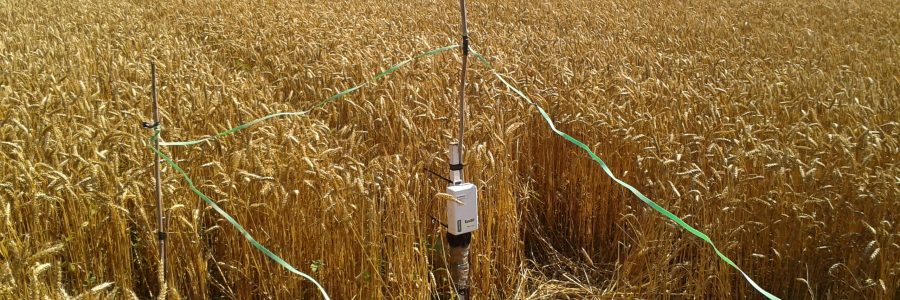The SWAP model comes from Wageningen University, in The Netherlands. The model simulates water movement in the soil unsaturated zone. Indeed, the SWAP model is particularly useful to improve irrigation and fertilization management.
SWAP is a physically-based model. It considers the laws of the Soil-Water-Atmosphere-Plant continuum to perform the simulations. Therefore, SWAP simulations are valid practically under any soil or climate condition.
The SWAP model comes from the seventies. However, it has been improved and extended many times. Moreover, there are many successful applications of the SWAP model, everywhere in the world. Certainly, the SWAP model is a reference regarding physically-based soil water models.
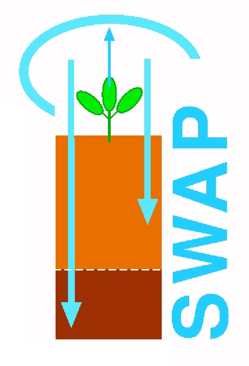
For instance, SWAP simulations helped to evaluate the effect of climate variability in flood irrigated maize. As well, SWAP simulations estimated the reliability of current irrigation designs under Climate Change conditions.
SWAP model in the Nitrates project
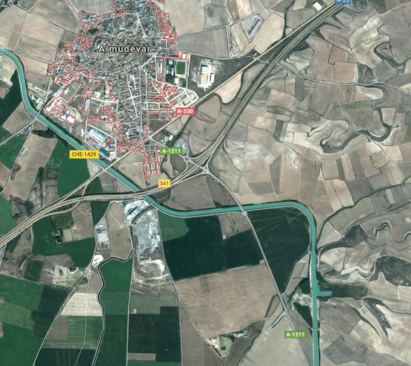
SWAP model simulations estimated infiltration excess in sprinkler-irrigated farms. Simulations were part of the Nitrates Project, conducted in wheat and maize farms. The Nitrates Project was supported by the Aragon Rural Development Program. It was part of the European Union’ EIP-AGRI initiative.
The Nitrates project aimed to introduce simulation tools, such as the SWAP model. The final goal was to improve irrigation while reducing nitrate leaching. Zeta Amaltea conducted the SWAP simulations. We followed the same procedures as previous projects with similar goals.
SWAP model require as input soil, meteorological and crop management data.
We measured soil texture and organic matter contents from soil samples taken at the farms. We consider the HYPRES PedoTransfer functions to estimate the Van Genuchten’ soil parameters.
Daily meteorological data came from the Huesca station, downloaded from the OpenData API of the Spanish Meteorological Agency. Farmers provided seed and harvest dates, as well as fertilization and irrigation management.
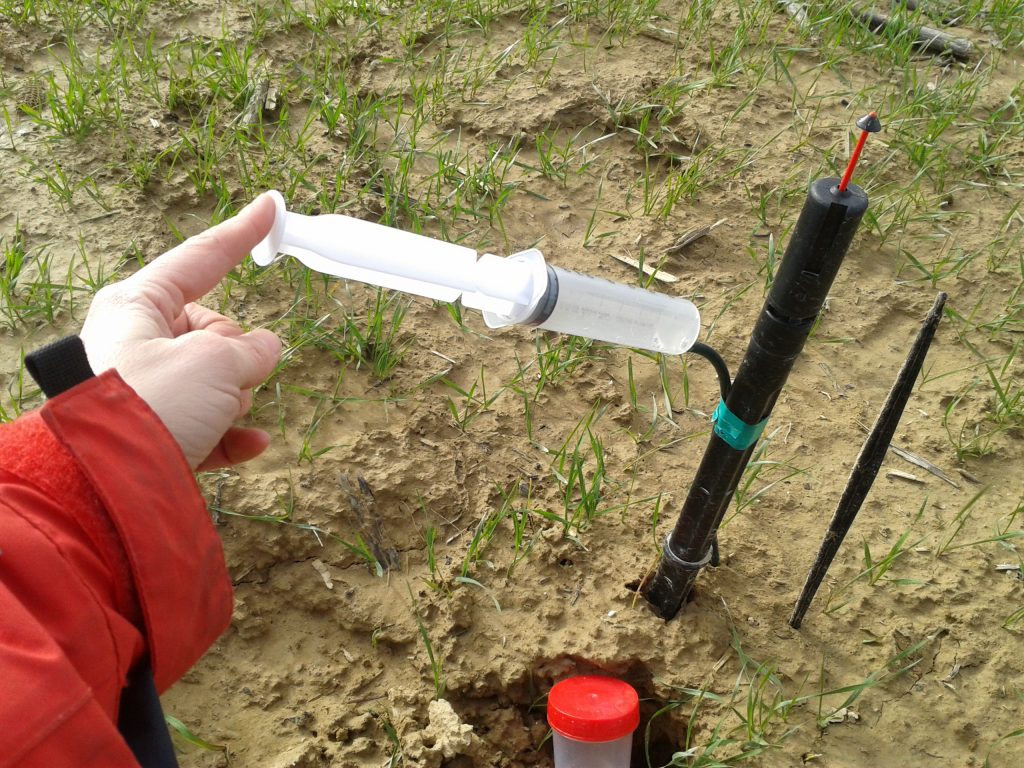
We estimated that 30% of total nitrogen was in the soil solution, according to previous results.
The leached nitrogen was the result of multiplying the soil-water nitrogen concentration by the infiltration simulated with SWAP.
We compared SWAP simulations of soil water contents with measurements from moisture sensors.
Total correlation between measurements and simulations was 0.58. However, correlation is higher if we ignore possible sensor malfunctioning.
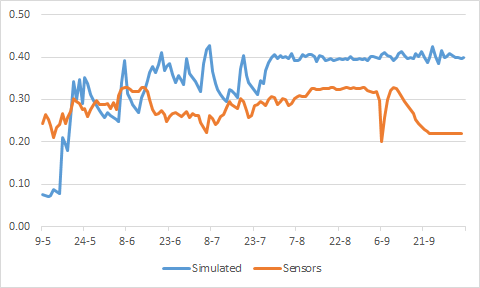
Deep infiltration in the wheat farm is quite small. Nevertheless, infiltration in the maize farm is significant. However, this infiltration is important only some days.
Simulation results

According to SWAP simulations, infiltration meant a loss of 184 l/m2 of water in the maize farm. Total irrigation in the farm was 642.7 l/m2. However, only 1.18 l/m2 of water were lost in the wheat farm. Most of the infiltration occurs in only few days.
Total fertilization in the maize farm was 1200 kg/ha of nitrogen, spared in three times. According to simulations, leaching means more than 300 kg/ha of lost nitrogen.
The SWAP model helped us to identify the problem. The farmer conducted the scheduled irrigation, in spite of more than 30 mm of rain in a week.
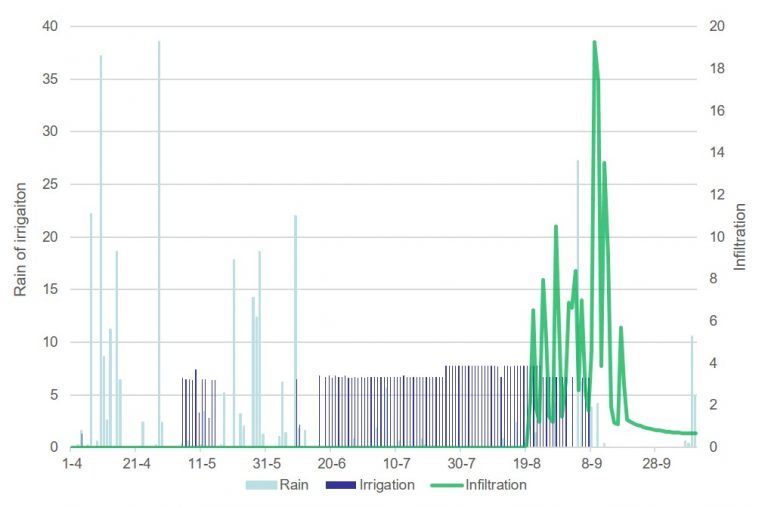
Soil water excess yielded water infiltration and nitrogen leaching. Some irrigations were not needed, but the farmer did not know it.
We simulated an improved irrigation scenario. Irrigation were only applied when soil water is below Field Capacity. According to these simulations, total irrigation would mean only 477 mm of water. Besides, infiltration would be reduced to 62.6 mm.
Maize transpirations in both simulations are quite similar. Therefore, maize yields would be practically the same in both cases.
Nitrogen leaching reduces to 122.5 Ton/ha in our less-irrigation scenario.
We are in a digital era and many IT resources, such as the SWAP model, are available. Farmers should consider these tools to improve water and fertilizer management. They could save water, energy, and fertilizers using simulations. Besides, they might reduce the groundwater pollution due to leached nitrogen.

